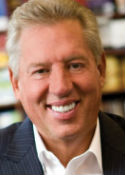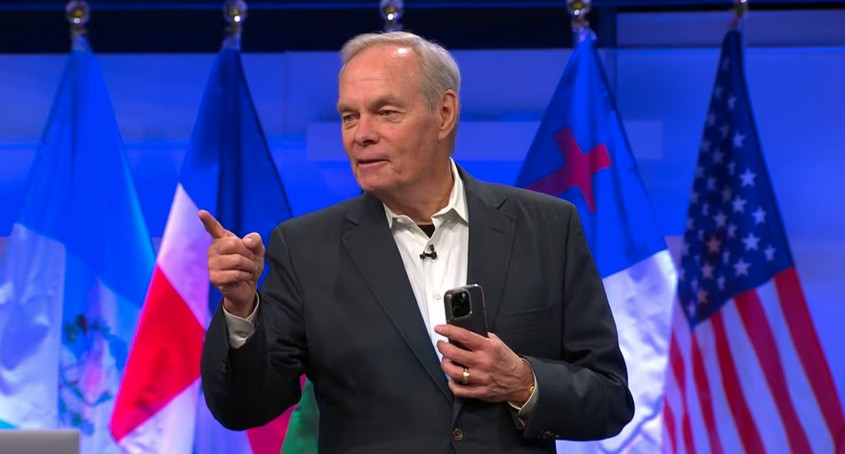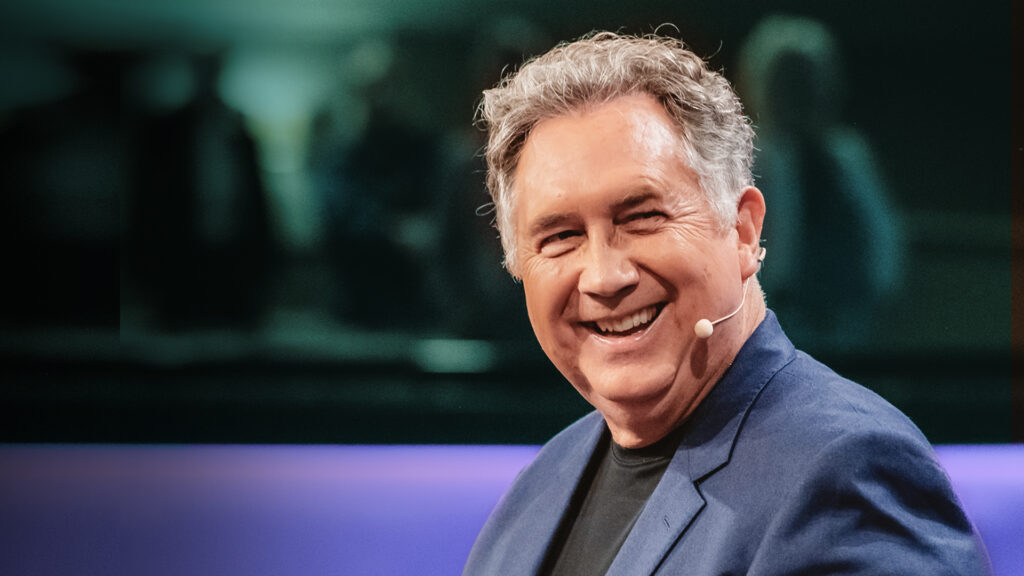As she makes her way through the building, her mind is somewhere else, and there is a distant expression on her face. Her steps are a little slower—her comments a little shorter. Once she was a great performer, but now there is hardly a trace of the success that once illuminated her.
Slumped Sally is fading. She is no longer excited about her work or the vision of the company. At what moment did she actually give up on herself? No one is sure. But as she slumps further down, her attitude and performance are going down with her. The longer you leave her alone in discouragement, the harder it will be to pull her back up.
When we think about athletes being in a slump, there is always the anticipation that they will come out of it. Shouldn’t it also be that way with our co-workers? So how does an athlete get back on track? Often it is with the help of a good coach. Coaches work with them and encourage them, and that’s what we should do with our employees.
Listen …
Start the process with Sally by meeting with her privately. Ask her about the good old days. Ask her what she did when things were going well. Ask her what she did in the past when faced with a challenge. Talk about the last time she was really excited about a project or the direction of the company. Find out if she wants to get involved again, and what’s holding her back.
Only invest time in Sally if she verbally expresses a desire to rejoin the team. There must be a commitment from her, or else your efforts will be wasted. Hopefully Sally wants to be successful again. If so, you, as her coach, can help lead her back to success.
1. Remove.
Before Sally can be an effective member of the team, she needs to get her attitude right. Casey Stengel, former manager of the New York Yankees, said about his players, “When you make out your rooming list, always room your losers together. Never room a good guy with a loser. Those losers who stay together will blame the manager for everything, but it won’t spread if you keep them isolated.” This is true in Sally’s case also. You don’t want her negative attitude and depression spreading to other people in your company. Separate her from others, and coach her one-on-one until she is ready to work in a team, as a team player.
2. Remain.
For Sally to connect to the company she must connect with her coach. Spend some time with her. Re-build your relationship with Sally. And help her restoke the fire that once burned inside of her.
3. Re-prioritize.
Sally needs to make progress. The best way to raise her morale is to get a few wins under her belt. As her coach, put her in a position to win. Encourage her strengths. Arrange her workload so she has an opportunity to succeed.
4. Require.
Put Sally in a position where she knows the importance of her role. And make sure she majors on the major things. Let her know that the project won’t get done without her. Sally needs to be in a vital area of the company in order to be stretched and motivated.
5. Remember.
Encourage Sally. Build up her confidence. Commend her publicly and privately when she succeeds. Sally needs you to be her cheerleader as well as her coach.
It is easy to ignore the “Slumped Sallys” in our company, but when we pass them by, we are also passing on their talents. Sally once showed that she could succeed. As her coach, you need to invest in reviving her attitude and rekindling her desire towork hard toward a goal.
I was reminded of the importance of good coaching while watching Bela Karolyi at the U.S. Olympic Trials. Bela is one of the greatest coaches of all time.
One of his greatest assets is that he can see the potential of an athlete, even when others have given up. Probably the best example of his coaching can be seen in the career of Nadia Comaneci. Bela led her to score the first perfect 10.00 in Olympic history in 1976. After the games she changed coaches and fell into a difficult slump. Most experts gave up on Nadia after her fall at the 1978 World Championship. But Bela still saw the fire in her.
He resumed his position as Nadia’s coach in time for the 1979 European Championship, and she rewarded his coaching by staging the biggest comeback in gymnastics history by winning the all-around gold.
We all love a comebackù—to see someone who was counted out get back into the game. Slumped Sally doesn’t have to be out; she just needs a little coaching.
monthly e-newsletter: Leadership Wired available at www.INJOY.com.
John Maxwell grew up in the 1950s in the small Midwestern city of Circleville, Ohio. John's earliest childhood memory is of knowing that he would someday be a pastor. He professed faith in Christ at the age of three, and reaffirmed that commitment when he was 13. At age 17, John began preparing for the ministry. He attended Circleville Bible College, earning his bachelor's degree in 1969. In June of that same year, he married his sweetheart, Margaret, and moved to tiny Hillham, Indiana, where he began his first pastorate.
While serving in his second church, Maxwell began to study the correlation between leadership effectiveness and ministry effectiveness. On July 4, 1976, while preaching at a service commemorating America's bicentennial, John sensed that God was calling him into a ministry to pastors. Within days after that event, pastors began to contact him, asking for his assistance in nurturing their churches. Over the next four years, on an informal basis, John helped scores of fellow pastors. Then, in 1980, he was asked to become Executive Director of Evangelism for the Wesleyan denomination.
Though his time at Wesleyan headquarters was productive, John soon realized that his deeper desire was to help pastors from numerous denominations. He knew that desire would be unfulfilled if he were to stay at denominational headquarters. As a result, in 1981 John accepted the call to return to the pastorate, this time at Skyline Wesleyan Church in the San Diego, California area. But he did so with the church's blessing to pursue his vision. The Skyline congregation allowed him to continue mentoring and assisting pastors even as he led them to new levels.
In 1985, as he continued to equip and encourage other pastors, John took the next crucial step in leadership development. He founded a new company called INJOY and created the INJOY Life Club, featuring a monthly tape for leaders. The fledging operation, established in the corner of a garage, was soon bursting at the seams. The INJOY Life Club tapes were received with great enthusiasm, and the number of subscriptions quickly increased from hundreds to thousands. Simultaneously, the demand for other resources and seminars exploded. Pastors from coast to coast were responding, and their desire for help was even greater than John had anticipated.
As the years passed, INJOY began demanding more and more of John's time. In 1995, he resigned from his position as senior pastor at Skyline following a very fruitful 14-year tenure. The church had tripled in size and its lay ministry involvement had increased ten-fold. Dr. Maxwell is in great demand today as a speaker. Through his bestselling books, audio and video resources, and major conferences, he communicates directly with more than one million people every year. He is frequently asked to speak for organizations such as Promise Keepers and Focus on the Family, but his greatest joy and desire is to help pastors become better leaders.
Because the need for leadership development knows no borders, John established EQUIP, a non-profit organization which trains leaders in urban communities, academic institutions, and within international organizations. EQUIP is also spearheading a movement which has enlisted more than one million pastoral prayer partners who covenant to pray specifically for those who shepherd God's flock.
John continues to seek new opportunities to help churches and church leaders. He knows that one thing is constant: the only hope for the world is salvation through the Lord Jesus Christ, who gives life abundantly.






